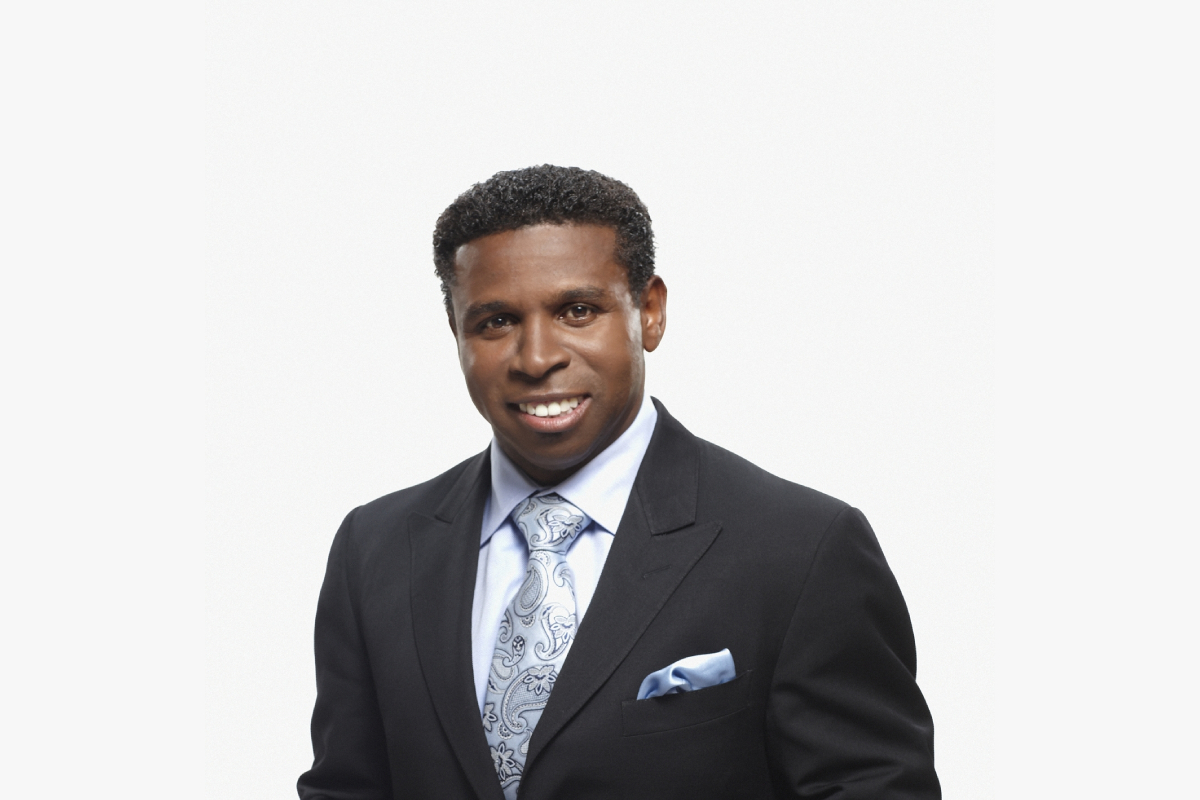A lot of people would attribute the opportunities they’ve received to who they know. Who you know matters both in business and in life. Whether you’re building a sales team, a congregation for your church, or a client base, being able to connect with people is paramount. If connecting with people and building rapport doesn’t come naturally to you, then you need to make a conscious decision to master this skill. With practice, you can quickly learn how to talk to anyone. Creating massive success for yourself requires a lot of people knowing you and wanting to do business with you. Feeling confident in meeting new people, knowing how to connect with anyone you meet, and forming new relationships can be the difference between your business succeeding wildly or closing its doors.
The old adage, “A stranger is just a friend you haven’t met yet” is timeless wisdom. However, many people lack the self-esteem or self-confidence to strike up a conversation with a stranger. You might fear looking foolish, saying the wrong thing, or even face rejection. Really though, what’s the worst that can happen? You’re not likely to face physical harm saying “hi” to someone, and you may make a connection that becomes one of your most powerful relationships. The upside to knowing how to build your network far outweighs any initial discomfort you may face at breaking the ice.
Here are some rapid-fire tips on how to meet new people:
Have an “I like you” attitude
The most magnetic quality that will attract people to you is if you like them first. If you’re arrogant, stuck up or cold towards them, it’s an immediate turn off. People can tell quite quickly if you’re viewing them as a person or as a meal ticket. Look for the good in them. Decide in advance that you will like the other person, and actually say to yourself “I like you” as you greet them. Your spirit and positive energy will shine through.
Pay a compliment
Dale Carnegie, author of How to Win Friends and Influence People, suggests we imagine that everyone has an invisible sign hanging around their neck that says, “make me feel important.” When someone makes us feel good about ourselves, we enjoy them and want to spend more time with them. The simplest way to do this is to pay a sincere compliment. Look for something good in the other person that you can point out. If it’s a work colleague, point out something they did well. Maybe they delivered a great presentation in front of the managers or created a new software application that’s streamlined your business practice. Make a point of mentioning it to them. You might point out something material, simply saying, “You drive a great car,” or “nice watch – it looks sharp on you.” Perhaps you’ve watched a stranger interact with someone in a tense situation; you might say “I think you handled yourself very well back there.”
Ask a question
It’s socially acceptable in Western society to walk up to an absolute stranger and ask a question, particularly for directions. No one gets offended if you ask, “Pardon me, but do you know this area?” Questions are a great way to start dialogue going back and forth. At a motivational conference you might ask, “Which speaker have you enjoyed the most so far today? What have they said that really resonated with you?” Additionally, it’s pretty common to ask questions specifically about the other person. Most people’s favourite subject is themselves, and generally, people love to talk about themselves with close friends. However, you might need to build toward that. The most common question is, “What do you do for a living?” Leil Lowndes, author of How to Talk to Anyone, says that a more advanced question might be, “How do you spend most of your time?” It allows them not only to talk about their career, but their family, personal hobbies, or magnificent obsession.
Smile
Yes, this is the obvious advice. Yes, you already know you should do it. Smiling signals that we are happy, approachable, not a threat, and that we like the other person. It’s absolutely critical to building rapport and making a connection. The problem is most people notoriously overestimate how positive their facial expression is. People believe they are walking around with a positive look on their face most of the time, when in fact their resting facial expression defaults to somewhere between boredom and a scowl. Try this: Go into the bathroom, look in the mirror, and smile. Notice the pull of the muscles across your cheeks and the tension in your face. Now, walk away from the mirror and keep the smile on your face. Cheeks starting to get tired? That’s because your facial muscles are out of practice with smiling. You don’t do it as much as you think. Here’s another tip: A sincere smile involves the crinkling of the muscles around the eyes. Insincere smile – no eyes crinkling. Try focusing on how you smile through your eyes more than you focus on your mouth and watch how people warm up to you.
Match and mirror
People unconsciously feel connected to people who seem similar to them. You feel a bond of kinship and may not immediately realize why. To facilitate this, a common technique in neuro-linguistic programming is to subtly mimic the body stance, tone of voice and pacing of the person we’re talking with. As Nicholas Boothman, author of How to Make People Like You in 90 Seconds or Less, writes, “we like people who are like us.” For example, you might be speaking with someone who speaks with a slightly quieter tone. Try lowering your own volume. If you’re talking with someone and notice they use a lot of expressive gestures while speaking, do that as well. If someone leans back in their chair, you can subtly lean back as well. You’re synchronizing yourself with the other person to build a connection. This doesn’t mean that you should act like something you’re not; it means you should accentuate the parts of your personality that are similar to the person you’re with in order to make them feel comfortable.
Make a comment
If you’re witty, great – it’s probably the fastest and most powerful way to build a connection. But many of us aren’t, and we never know if our funny quip catches the person the wrong way or even offends them. However, the time-honoured and predictably safe way to break the ice is to simply make a benign comment. You don’t need to offer a brilliant insight into global trade or world politics. You can simply say, “Nice day today, isn’t it?” or “It’s been quite a line-up here at the airport today.” A benign comment tends to elicit a simple response back. This opens the door to further chatting, and now you’ve got the ball rolling.
“And then what happened?”
Think of a conversation as a mutually encouraging game of table tennis. You’re gently trying to lob the ball back to the other person in a way that makes it easy for them to lob it back to you. The more times you can trade the ball between you, the more you both win. People often worry that they won’t know what to say, that they aren’t a sparkling conversationalist. You don’t need to be! Once you ask them a question to get them talking about their favourite subject – themselves and their life – just offer follow-up comments to continue lobbing the ball back to them. As they regale you with their exploits on an African safari, say things like, “And then what happened?”, “You don’t say?”, “What did you do next?”, “Seriously? And then what?”, “Wow, how did you feel when that happened?”, or “No kidding?” At the end of the conversation, your new friend will walk away thinking you’re a brilliant conversationalist, because you got them talking and kept them there.
—
CJ Calvert is a professional speaker and the author of Living an Exceptional LIFE. With over 15 years of training experience, CJ speaks on a daily basis before world-class organizations like IBM, Microsoft, Bank of Montreal and The Co-Operators. Because of his expertise, he has been a featured guest on Breakfast Television. He makes his home in Ajax, Ontario with his amazing wife and son.
CJ Calvert | Contributing Writer




















